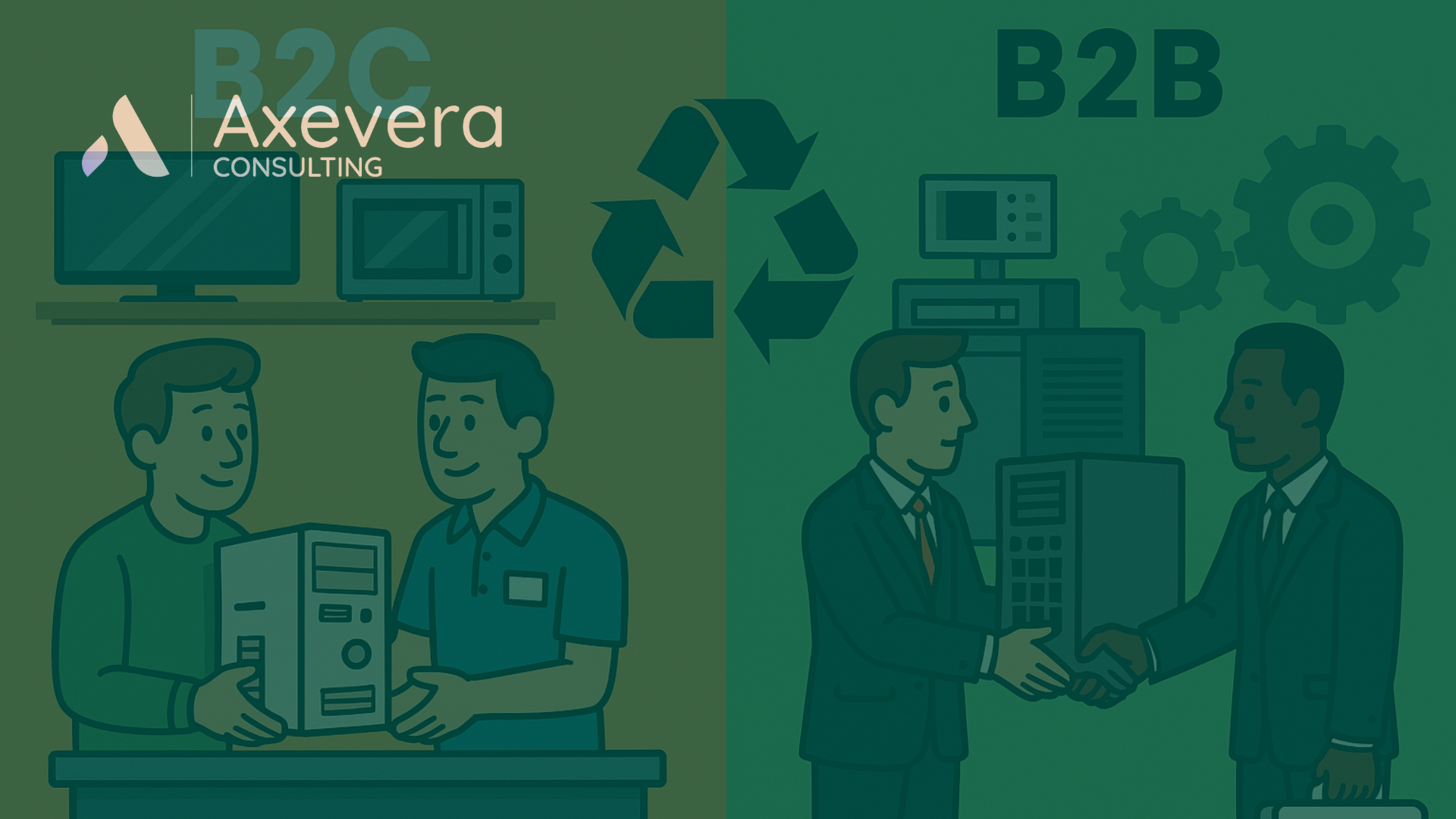
Directive 2012/19/EU, better known as the WEEE Directive (Waste of Electrical and Electronic Equipment – RAEE in Italian), is the tool through which the European Union regulates the management of electronic waste.
Its main objectives are:
- reducing the environmental impact of electronic waste,
- promoting reuse, recycling, and recovery,
- making producers accountable under the “polluter pays” principle.
Unlike other environmental regulations, the WEEE Directive is based on the principle of Extended Producer Responsibility (EPR): whoever places a device on the market is also responsible for its end-of-life phase and for providing information about its recycling.
Key elements of the WEEE Directive
- Scope: covers all electrical and electronic equipment (EEE) placed on the EU market.
- Collection and recycling targets: Member States must achieve specific collection, recovery, and recycling targets for WEEE.
- Producer responsibility (EPR): producers must finance and organize the collection, treatment, recovery, and environmentally sound disposal of WEEE.
- Registration and reporting: producers must register in national databases and periodically report the volumes of EEE placed on the market and WEEE managed.
- Marking: products must display the crossed-out wheeled bin symbol and the producer’s identification. Producers must also provide information on how to recycle the product.
Producer Pays Principle
At the heart of the WEEE Directive:
Every producer (who places EEE on the market under their brand or imports/distributes from non-EU countries) must bear the costs of managing the waste from their products.
This can be achieved through:
- Individual system: the producer manages WEEE from their own products.
- Collective system: several producers join consortia that centrally manage collection and recycling (widely used in Europe).
The aim is to encourage producers to design more durable, repairable, reusable, and recyclable equipment, thereby reducing future costs.
In summary: the WEEE Directive puts into practice the “producer pays” principle, shifting the costs of electronic waste management onto producers, not citizens or public administrations.
Obligations in the B2C market
The B2C channel includes computers, smartphones, small and large household appliances, televisions, and consumer devices in general.
Here, the directive imposes stricter obligations designed to protect consumers.
Sellers of new equipment must ensure customers can return old products free of charge, following the “one-for-one” principle. This can occur directly on-site through an individual system or via collective schemes such as recycling centers.
In all EU countries, if producers cannot take back the product themselves, they must join collective compliance schemes that centralize collection and disposal.
The costs of these systems fall on producers, who often indirectly pass them on in the final product price.
Obligations in the B2B market
The B2B channel includes industrial machinery, servers, medical equipment, and professional instruments.
Here, management is less standardized: devices cannot be returned via municipal collection points but require dedicated take-back systems.
The directive leaves wide room for contractual agreements: producer and client jointly define how to arrange the take-back and who will bear the treatment costs.
Often, customized take-back systems are created, tailored to the specific needs of the business user.
How to assess if it is useful for a company
To evaluate actual usefulness, it is essential to analyze products and verify which fall under the WEEE category, also considering the type of clients and the quantities placed on the market. We can support companies with a first preliminary assessment, and then redirect them towards more specific, tailored consultancy.
It is crucial to acknowledge and be aware of the type of model the company must comply with. Understanding these rules is essential not only to comply with the law but also to improve internal flow management and strengthen corporate reputation in sustainability. In a European context increasingly focused on the circular economy, investing in well-structured WEEE systems is not an additional cost but a strategic choice to ensure competitiveness and market trust.
Ai image.





